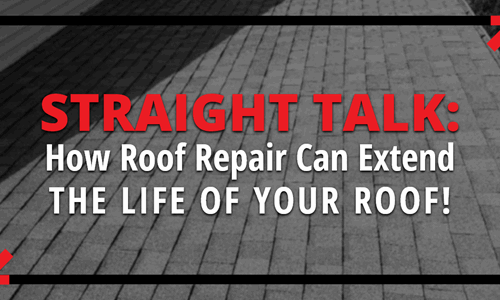
Straight Talk: How Roof Repair Can Extend The Life Of Your Roof!
The roofing system on a house is often a large, possibly the largest investment, that a homeowner will make over the time they live in the home. Becau... Read more
When your roof is damaged by heat, hail, or wind, Couto’s got your back. Our team of experienced roof experts can quickly identify the problem and provide repairs to help bridge the gap between today and your next roof replacement. We repair any kind of roofing – from asphalt to wood, metal, and more.

Even if your roof doesn't need full replacement yet, all roofs can benefit from proactive maintenance and care. Our affordable tune-up services provide the TLC needed to prolong the life of your roof and gutter system. Our offerings include gutter cleaning, shingle sealing, flashing repairs, and more - tailored to give your roof the best defense against the elements. Contact us to schedule a tune-up for your home and take advantage of special pricing for Southeast MA and RI homeowners.

Storms in New Bedford can cause roof leaks and damage at any moment. That’s why Couto offers emergency roof repair for New Bedford, MA homeowners. Our team is ready day and night to quickly patch and repair your compromised roof, minimizing interior water damage. We can tarp affected areas, replace missing or cracked shingles, secure loose flashing, and make other urgent fixes to stabilize your roof until full repairs can be done.
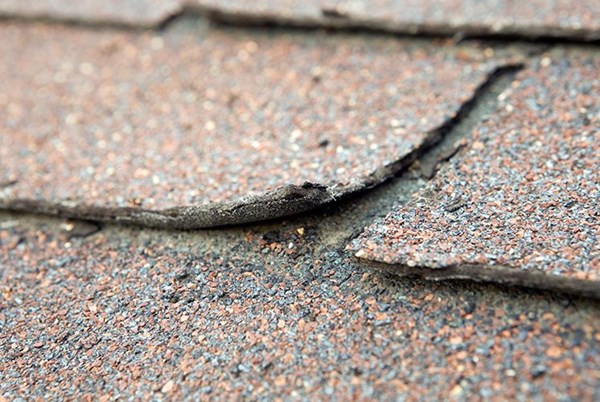
Strong winds, extreme temperatures, and normal wear and tear can cause your shingles to deteriorate over time. In New Bedford, Massachusetts, the hottest days of summer typically occur in July and August. During these months, the average high temperatures can range from 80°F to 85°F, but heat waves can occasionally push temperatures above 90°F or even higher.
If left untreated, this can cause water to pool or leak into your attic, causing a whole host of other issues. The average roof has 700 shingles. Even a few damaged shingles can indicate bigger issues.

When water leaks into a home from the roof, it can damage the ceiling and walls, leading to unsightly stains and structural deterioration. Water can ruin insulation and create an environment for mold and mildew growth, which compromises indoor air quality and poses health risks. If not promptly addressed, roof leaks can result in more extensive and costly damage to the roof structure itself, potentially requiring extensive repairs or even a full roof replacement.
On average, minor leaks go unnoticed for up to 6 months before showing water damage. Don't ignore stains!
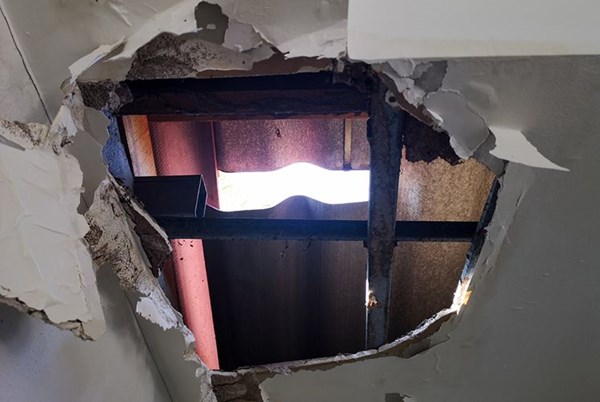
Leaks are a homeowner's worst nightmare and you’re in for one if you can see daylight through your roof. Not only can leaks damage your valuable belongings, but they can also create a whole host of future problems, like mold, mildew, rotting, and more. Our expert repairmen have the expertise to fix the issue quickly and keep your family dry.
In 2022, water damage and ice accounted for nearly 20% of all homeowners insurance claims, with an average insurance payout of $5,000 - $10,000.
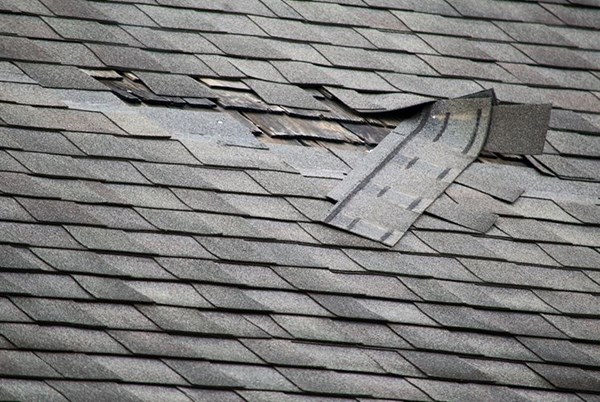
Missing shingle granules on an asphalt roof signify the erosion of its protective mineral coating. This gradual wear and tear occurs due to exposure to weather elements like rain and UV rays. Bare patches indicate increased vulnerability, compromising both the roof's aesthetics and its ability to shield your home. Without these granules, the underlying asphalt becomes prone to aging, moisture damage, and temperature fluctuations, potentially leading to leaks and costly repairs. Timely maintenance and repairs are crucial to ensure your roof remains an effective barrier against the elements.

Elevated energy bills can often be attributed to issues like heat loss, particularly in regions like New England, where winters can be bitterly cold.
The cold season spans approximately 3.3 months, from December 6 to March 16, with daily highs averaging below 46°F. January, the coldest month in New Bedford, sees average lows of 23°F and highs of 38°F. Addressing problems such as damaged roofs and inadequate ventilation becomes critical during this period to mitigate the impact on heating expenses.
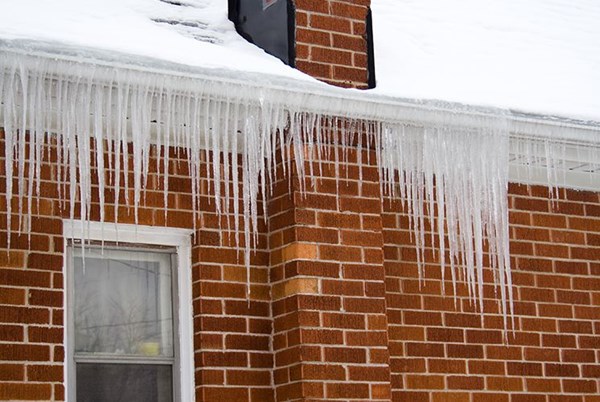
In the winter, the heat from your home causes snow and ice to melt. As water runs toward your drastically cooler gutters, it tends to refreeze and create ice dams. These dams can cause a lot of tension on your shingles, leading to leaks into the interior of your home. The best way to prevent ice dams is to ensure your attic is properly insulated.
Ice dams can cost homeowners thousands of dollars in repairs. For instance, in the United States, the cost of repairing water damage caused by ice dams ranges from $2,000 to $5,000 or more per incident. Proper insulation and ventilation reduce the likelihood of ice dam formation by up to 90% in some cases, saving homeowners money on potential repairs.
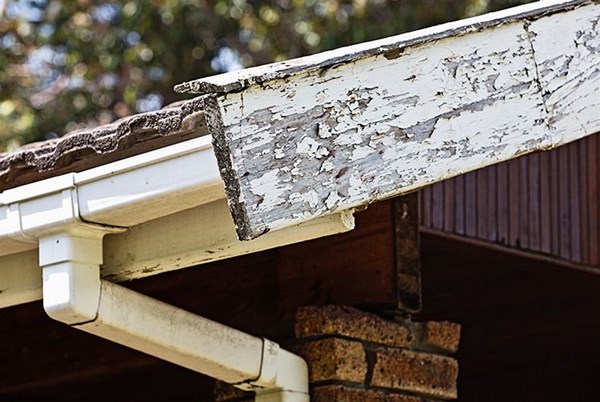
Fascia are the boards along the base of your roof. They support the shingles and gutters. When these boards become rotted – often due to poor gutters or a misaligned drip edge – it’s vitally important to fix the problem before it gets worse.
Untreated rot can spread, affecting not only the fascia but also nearby components like soffits and rafters, substantially increasing repair costs. Rotted fascia provides an entry point for pests and insects, leading to infestations and further damage. Maintaining the fascia enhances the overall curb appeal and value of your home, making it an essential aspect of home maintenance and preservation.
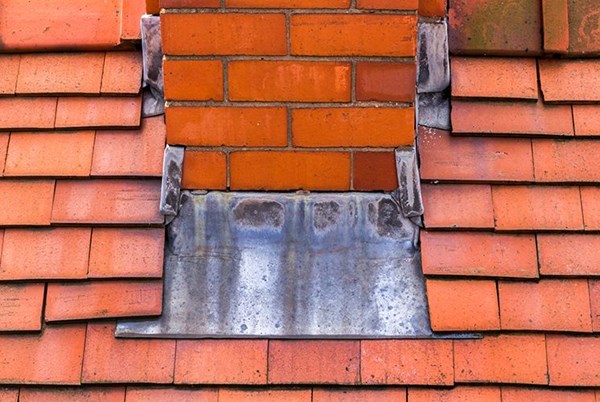
Flashing is sheet metal installed around roof valleys, seams, joints, vents, and other joints. Over time, flashing can corrode and rust through exposure to weather. Rusted flashing leads to major leak risks, as it can no longer deflect water from those vulnerable areas. Corroded flashing is more common in regions with heavy precipitation, coastal salt air exposure, and older roofs. Signs of rust include bubbling, cracking, and holes in the flashing. Even small pinhole leaks can gradually lead to rot and sheathing deterioration.
According to insurance claim data, issues with metal flashing are one of the top causes of residential roof leaks and associated water damage. Estimates indicate flashing failures result in nearly 30% of roofing leaks.
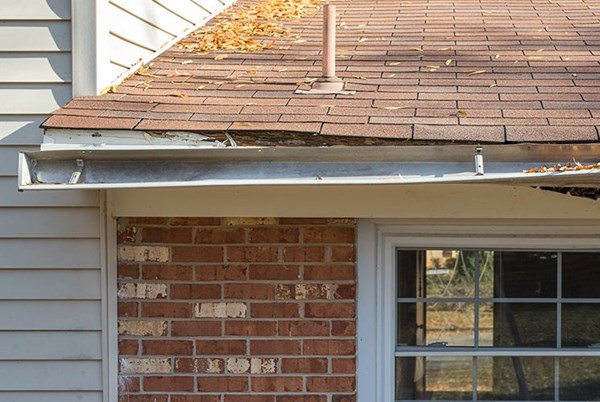
The most serious kind of roof damage can happen in a flash. Storm damage like hail, wind, and fallen branches can really do a number on the integrity of your roof. If you notice damage to your roof after a big storm, it’s a good idea to contact a roof repair contractor for an inspection, as small dents and holes in your roof lining can grow into big problems over time.
The Office of Environmental Stewardship for the city of New Bedford estimates that by 2030, the city of New Bedford’s tree canopy cover will be 42.5%. Trees are welcomed by many homeowners in New Bedford, but that doesn’t mean they can’t wreak havoc on your home after a storm.
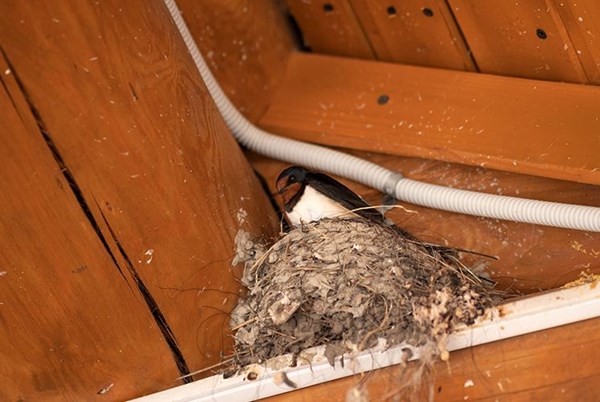
All kinds of critters and birds will do their darndest to take advantage of the coziness of your home. Any kind of hole in your roof system can provide access to these unwanted visitors. We’re not a pest control company, but we can do our part by shutting down these access points.
Sparrows, starlings, wasps, or ants are common to find when there’s a hole in a New Bedford roof.
In the New Bedford area, roof damage can occur in many different ways given the wide range of extreme weather that occurs. One of the most common causes of roof damage in Massachusetts is storms. According to a study published by the Insurance Information Institute, some of the most common causes of damage include:
While tornadoes are fairly rare in Massachusetts and Rhode Island, they still occur. Tornadoes can cause significant damage to roofs by lifting shingles, tearing off entire sections of roofs, and even completely destroying properties.
Severe thunderstorms with strong winds are more common in Massachusetts and Rhode Island than tornadoes. Wind gusts during these storms can reach high speeds, especially along coastal areas. Strong winds can lift and loosen shingles, causing them to break or tear away completely. This exposes the underlying roof structure to water infiltration and can lead to leaks, rot, and mold growth. These winds sometimes can cause trees to fall, often damaging the areas they fall on.
When hail hits a roof, it can dent or break shingles, removing protective granules and exposing layers to moisture. Over time, repeated hailstorms can speed up the deterioration of roofing materials, causing early aging and roof failure. Additionally, hail can harm flashing, gutters, and other delicate roof parts.
| Year | Tornadoes | Severe Wind | Severe Hail |
|---|---|---|---|
| 2023 | 8 | 110 | 5 |
| 2022 | 0 | 155 | 5 |
| 2021 | 6 | 253 | 15 |
| 2020 | 2 | 325 | 20 |
| 2019 | 3 | 163 | 20 |
Homeowners insurance for New Bedford residences will often cover roof repair costs stemming from natural damage such as storms or fires. However, insurance typically does not pay for repairs due to normal wear and tear, old age, or faulty installation. The specific types of roof damage that are covered depend on the insurance provider and the details of the homeowner's policy. Homeowners should review their coverage closely and be aware that only select causes of damage are eligible for insurance-covered roof repairs. Not all roof problems will be reimbursable, even if the homeowner has insurance. If you need assistance with roof insurance claims, contact the professionals at Couto Construction.
Storms, specifically wind and hail damage, are the number one cause of roof damage according to insurance data. A 2020 report from Bankrate revealed that 45.5% of homeowners insurance claims involved wind or hail damage. The average insurance claim payout for these storm-related roof repairs was $13,804. Overall, the top causes of homeowners insurance claims in 2020 were wind/hail damage, fire/lightning damage, water/ice damage, and other property damage (in that order).
| Damages | % of Insurance Claims Filed (2020) | Average Claim Payout |
|---|---|---|
| Wind & Hail | 45.5% | $5,000 - $15,000 |
| Fire & Lightning | 23.8% | $30,000 - $50,000 |
| Water Damage & Ice | 19.9% | $5,000 - $10,000 |
| Other Property Damage | 8.5% | $2,000 - $10,000 |
A roof leak demands immediate attention from a roof repair contractor to prevent substantial water damage. Here’s what you can do while you wait for a contractor to arrive:
It’s important to call a professional roofer to inspect and diagnose the leak right away. Minor leaks can be temporarily patched but the underlying cause needs to be addressed. For severe leaks or roof deterioration, a full replacement may be required. Don’t delay - leaks can quickly escalate into mold issues and major repairs. Act fast to get your leaking roof properly fixed!
Storm damage to shingles can be caused by heavy rain, hail, wind, and other elements. After a heavy storm, your shingles may become bruised, cracked, lifted, curled, scratched, or have granule loss. It’s always recommended to have a roofing professional inspect your roof after a heavy storm if you suspect there may be damage.
Wind damage can be subtle or evident depending on the severity of the wind. The most common signs of wind damage on a roof include lifted or curled shingles, missing shingles, exposed nails, loose or missing granules, and broken or torn shingles. However, a wind storm can also cause other elements of your roof like flashing or gutters to become damaged.
Homeowners' insurance typically covers storm-related damage to roofs, such as from wind, hail, or fallen branches. However, coverage might exclude wear and tear, certain areas with frequent severe weather might have specific exclusions, and flood damage requires a separate policy. Always consult your insurance policy or agent for precise coverage details.